The HAPS blog site has been created to promote HAPS members sharing personal accounts of topics relevant to the HAPS membership and the larger community. The blog is the perfect place to publish content on a wide variety of topics, from teaching tips to A&P related camps or experiences. Ideal blog posts are between 300-500 words and contain a few images. As a blog author, you just need to provide your text and images – the HAPS Blog team will take care of editing and publication.
We invite everyone to join in the conversation and become part of the community. If you are an active HAPS member, you can become a blogger on HAPSblog in just a few easy steps:
1) Review the HAPS Blog guidelines.
2) Think up a topic that will be interesting to HAPS members. Topics that are likely to be interesting include the story of your first year teaching, integrating new methods in the classroom with real-time evaluation of how it is going, a multi-part series on a specific topic ranging from teaching to testing to building a new lab.
3) Propose your topic and timeframe in a short email to the HAPS Blog Master by emailing hapsblog@hapsconnect.org.
4) Start blogging!
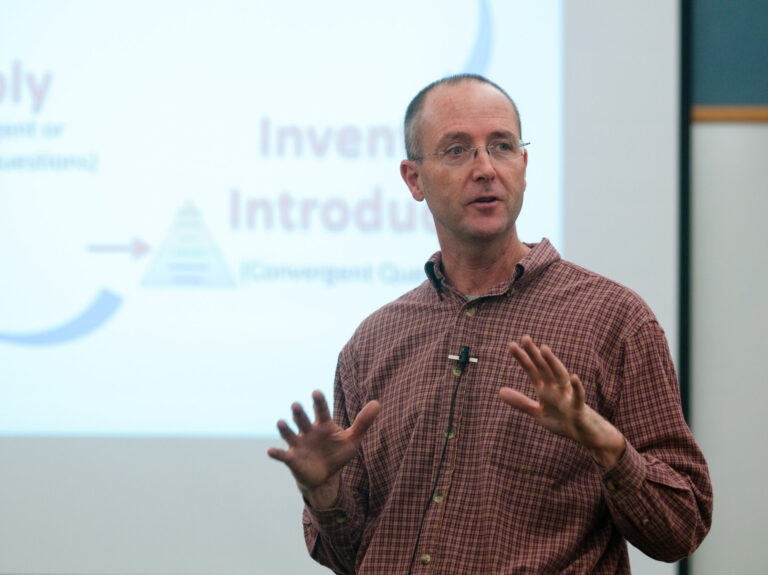
Teaching by Inquiry: A Long and Winding Road
I work with many excellent teachers with years of experience helping high school students learn human physiology. All use…
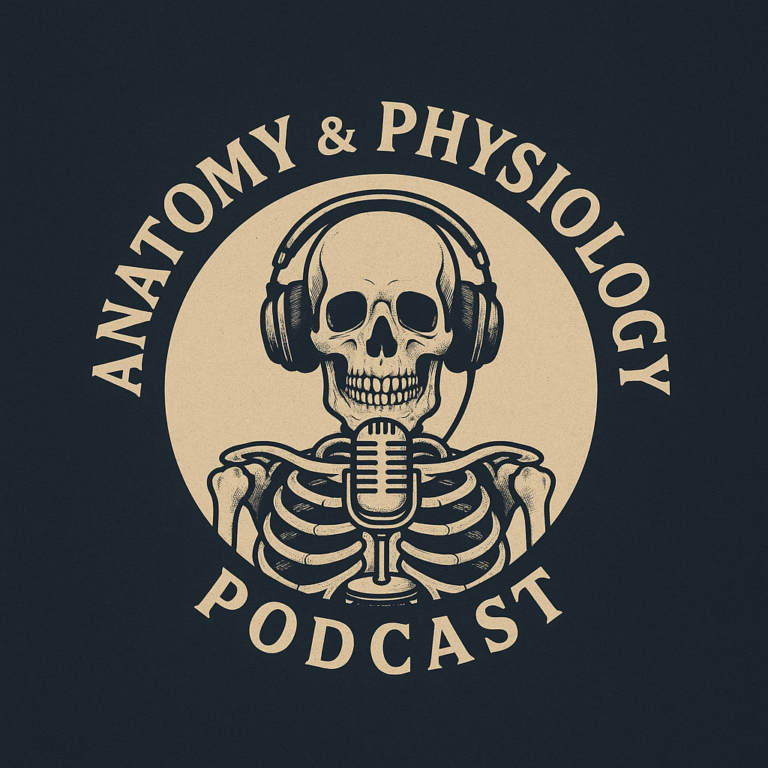
AI-Generated Podcasts: A New Tool for A&P Students
By now, we’ve all heard about generative Artificial Intelligence (AI) and how it has revolutionized many aspects of our…
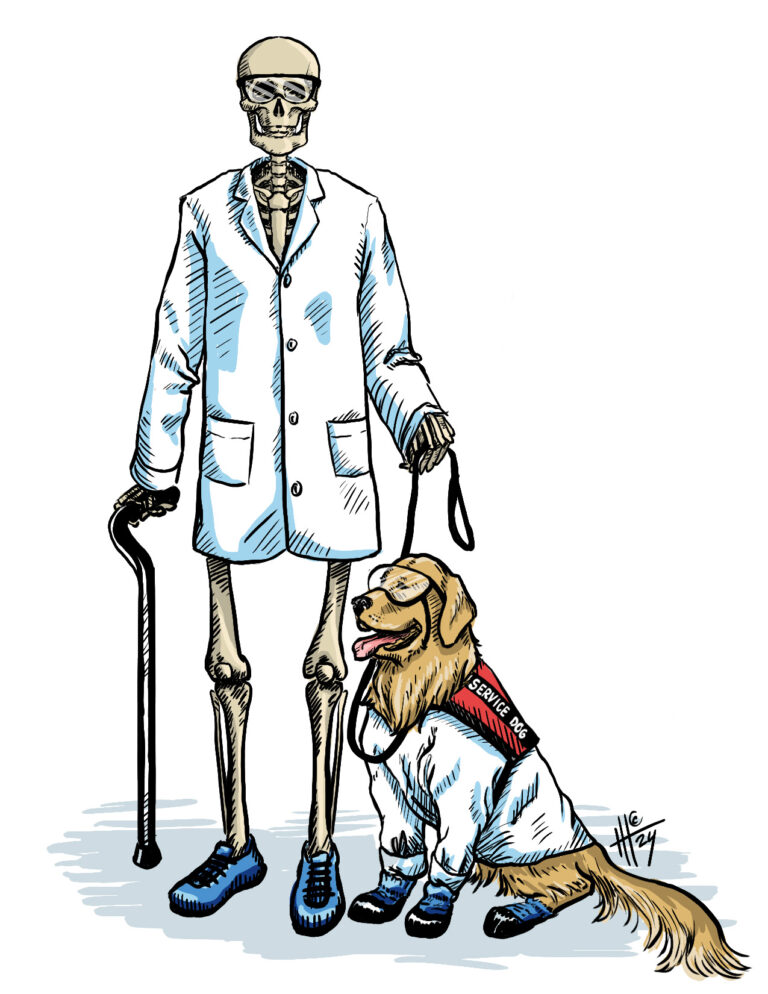
Creative and Impactful Ways to Meet Student Lab Accommodations Like a Pro
Ensuring all students have equitable moments for learning is at the forefront of our HAPS goal of promoting excellence…
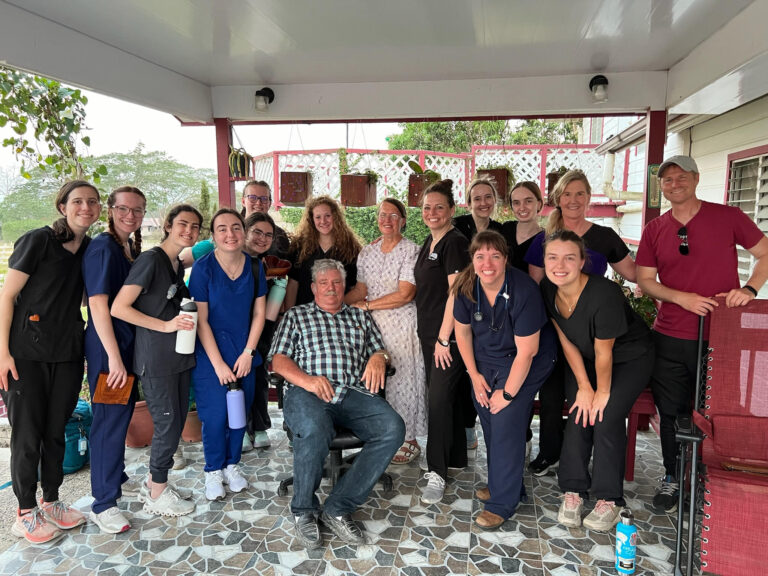
From Textbooks to the Tropics: How a Medical Mission Trip Transformed My Students
As a professor, I’ve witnessed the dedication and passion of my students daily, but sometimes, the most profound lessons…

Thank you, Harold, for helping a few thousand physiology students
Many A&P instructors (myself included) struggle with the large volume of content covered in A&P textbooks. Years ago, at…
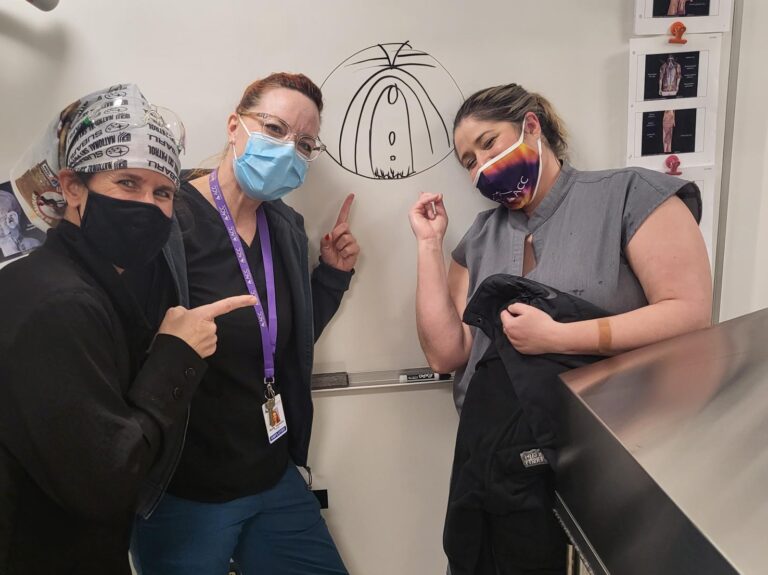
Update from the Anatomical Donor Stewardship (ADS) Committee
The gross anatomy lab is a place where students can fall in love with the human body and where…
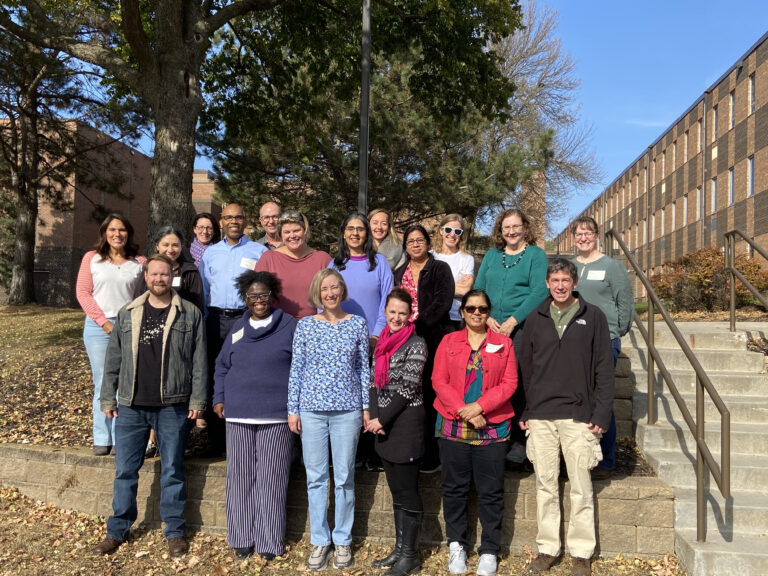
Community College Anatomy and Physiology Education Research (CAPER) Year Two Update
The Community College Anatomy and Physiology Education Research (CAPER) project is midway through its second year. Currently, two groups…

Crowd-sourced, crowd-pleasing activities using the HAPS listserv
A note from the Blog Master: the work that led to this blog post initially occurred in the 2019-2020…

High school histology (on short notice)
On a Friday afternoon, while I was preparing for a relaxing weekend at my brother’s lake house, I received…

My Favorite Guided Inquiry Activity for the First Week of Class: Inside and Outside the Body
We’ve all seen this image, or something quite similar, in chapter 1 of any anatomy & physiology textbook identifying…

Teaching Tips Update
This post is provided by the HAPS Curriculum and Instruction Teaching Tips Review Team Have you ever wanted to revamp your…
A&P Lab Accommodations Town Hall Series Wrap Up
The Accommodations subcommittee hosted a series of events at the beginning of the spring semester. The subcommittee members are…
